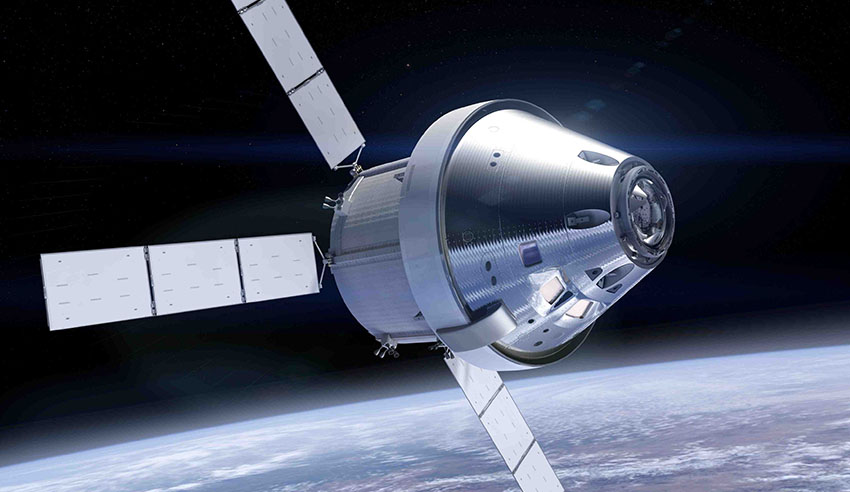It’s envisaged that the first mission since December 1972 will spend most of a week on the moon surface, with the time spent mostly in geological exploration.
Astronauts will travel about aboard an unpressurised rover, covering greater distances than any of the six crewed Apollo missions to the moon.
Unlike previous missions to the moon surface, the Artemis 3 mission will land in the south pole region, of particular interest because it may hold ice deposits in permanently shadowed craters. NASA is now looking for potential landing sites.
NASA outlined some its plans at the annual meeting of the Lunar Exploration and Analysis Group (LEAG) in Washington this week.
“We are, no kidding, really starting to plan this mission. This is getting real,” said John Connolly, lunar surface systems lead at NASA’s Johnson Space Center.
SpaceNews reported Connolly as telling the audience of lunar scientists that NASA had heard loud and clear from the science community of the need for an unpressurised rover on the very first mission.
That rover plus other scientific instruments could be pre-deployed to the landing site on robotic precursor landers, maybe on missions conducted by commercial companies.
The Artemis 3 astronauts will certainly bring back moon samples – the question is how much. Initially the plan was for 100 kilograms, but now that may be reduced to 35 kilograms or even less.
Apollo 11 astronauts brought back 22 kilograms of moon samples.
That all depends on the capacity of the lander and the Orion spacecraft that will carry astronauts to and from moon orbit.
That’s a big deal for lunar scientists, keen to examine genuine moon samples.
NASA deputy program manager for the Human Landing System at NASA’s Marshall Space Flight Center, Greg Chavers, said this was a matter of physics.
“Getting there quickly with technology we currently have, in 2024, was very challenging. We had no margin on the return mass,” he said.
One possibility is to return samples aboard a specialised robotic sample return vehicle.
Chavers said consideration of sample return options is continuing.
“The message is: this is just the starting point. It’s not the end,” he said.

